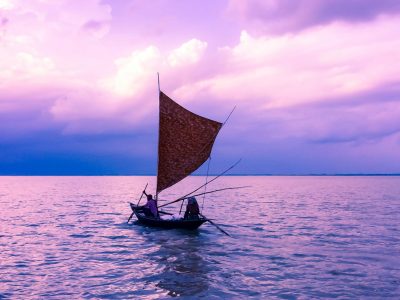Essential Skills for Boating Adventures
To truly enjoy boating, mastering a few key skills is essential. The first and foremost skill is learning to steer and control the boat. It’s vital to understand how to respond to wind, waves, and currents, as these can impact your course.
Learning to dock the boat is equally crucial, as it requires both precision and patience. Additionally, familiarizing yourself with basic navigation, especially reading charts and maps, enhances safety and confidence on the water. Get more details about ullundertøy.

